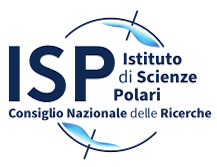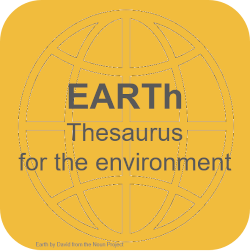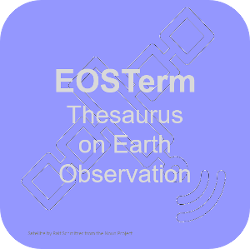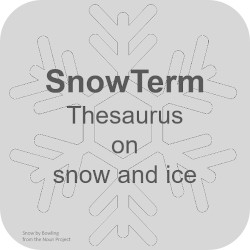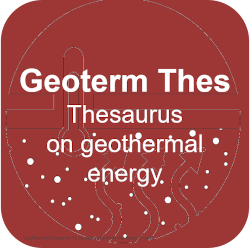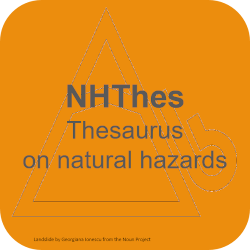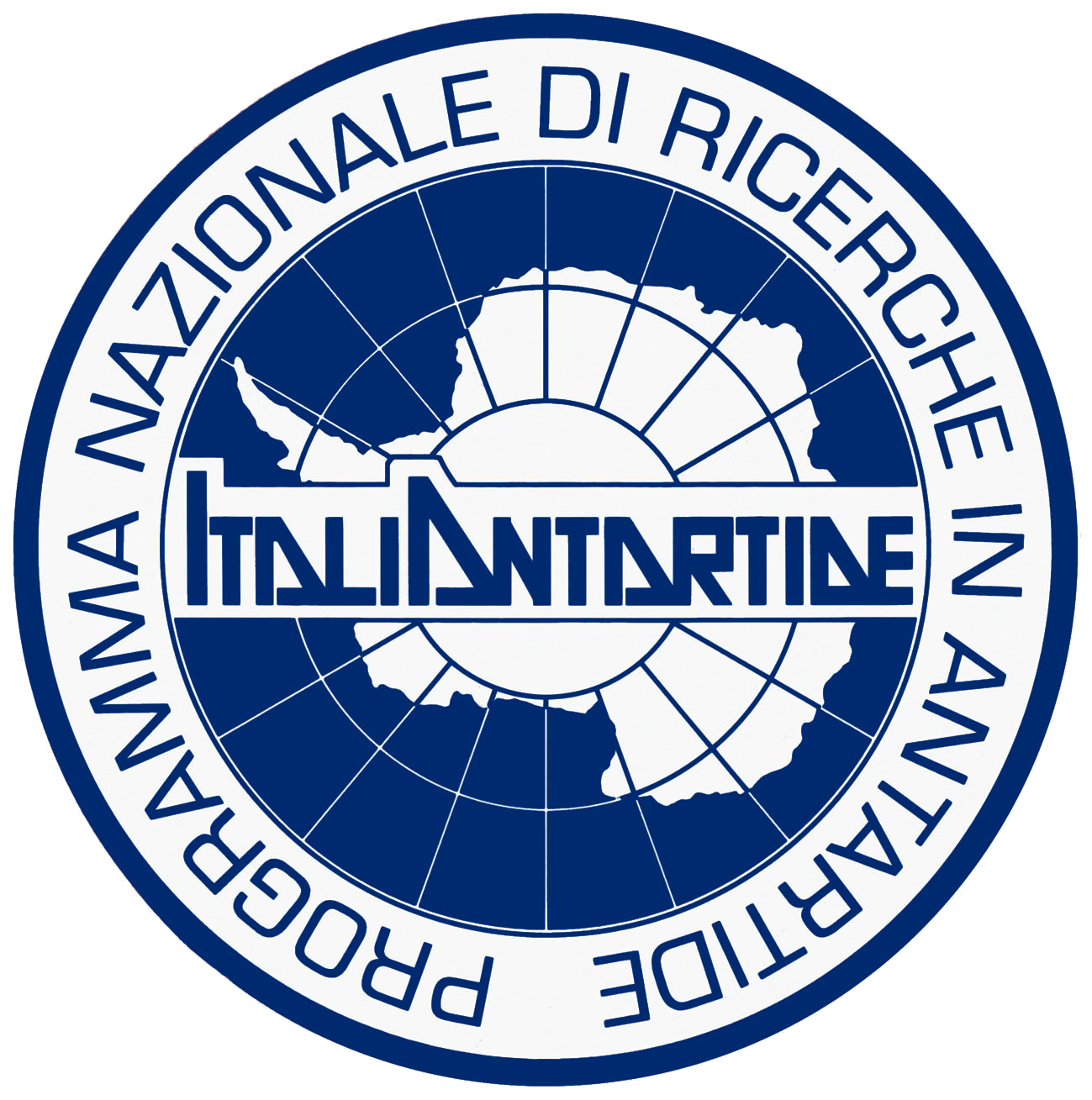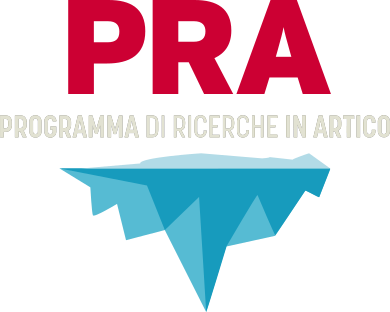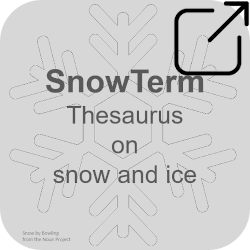 SnowTerm is an example of a structured reference multilingual scientific and technical vocabulary, covering the terminology of a specific knowledge domain in the polar and the mountain environment. The thematic areas, covered at present, deal with snow and ice physics, snow and ice morphology, snow and ice radiometry, remote sensing and GIS applied to cryosphere environment, sea ice, avalanches, glaciers. The first sources used to collect the terminology consist of the :
SnowTerm is an example of a structured reference multilingual scientific and technical vocabulary, covering the terminology of a specific knowledge domain in the polar and the mountain environment. The thematic areas, covered at present, deal with snow and ice physics, snow and ice morphology, snow and ice radiometry, remote sensing and GIS applied to cryosphere environment, sea ice, avalanches, glaciers. The first sources used to collect the terminology consist of the :
• Glossario dei termini usati nei bollettini nivometeorologici by AINEVA and by Friuli-Venezia Giulia Region
• Sea Ice Glossary of the Scientific Committee on Antarctic Research-SCAR
• USGS Glossary of Selected Glacier and Related Terminology
• National Snow and Ice Data Center (NSIDC) Cryosphere glossary
• American Geophysical Union (AGU) Glossary of Ice Terminology
• Intergovernmental Panel on Climate Change (IPCC) "Special Report On The Ocean And Cryosphere In A Changing Climate - Glossary"
• Barry, R., & Gan, T. (2011). Glossary. In The Global Cryosphere: Past, Present and Future (pp. 350-357). Cambridge: Cambridge University Press. doi:10.1017/CBO9780511977947.014
• M. Maisch & P. Wick: dns-Themenheft „Gletscher“, Nr. 7/8 (2004) and J. G. Cogley et al.: Glossary of glacier mass balance and related terms, IHP-VII Technical Documents in Hydrology No. 86, IACS Contribution No. 2, UNESCO-IHP, Paris (2011)
• "Sea Ice Nomenclature" (Merenkulkulaitoksen julkaisuja 5/2002)
• Trilingual "Glossary on snow and avalanches" by the Working Group on Avalanches Warning Services of the Swiss Federal Institute for Snow and Avalanche Research
• "Vecjezicni Slovar - Sneg in plazovi" developed by Pavle Šegula
The terminology of these sources was analysed with respect to the degree of semantic relevance in the field. Terms too generic or considered as non-pertinent were excluded. Groups of terms that could be collected in specific appendixes were also excluded. At present, the database contains around 3.700 terms. Concerning the vertical structure, the Classification Scheme already in use for the development of the EARTh Thesaurus was adopted.
